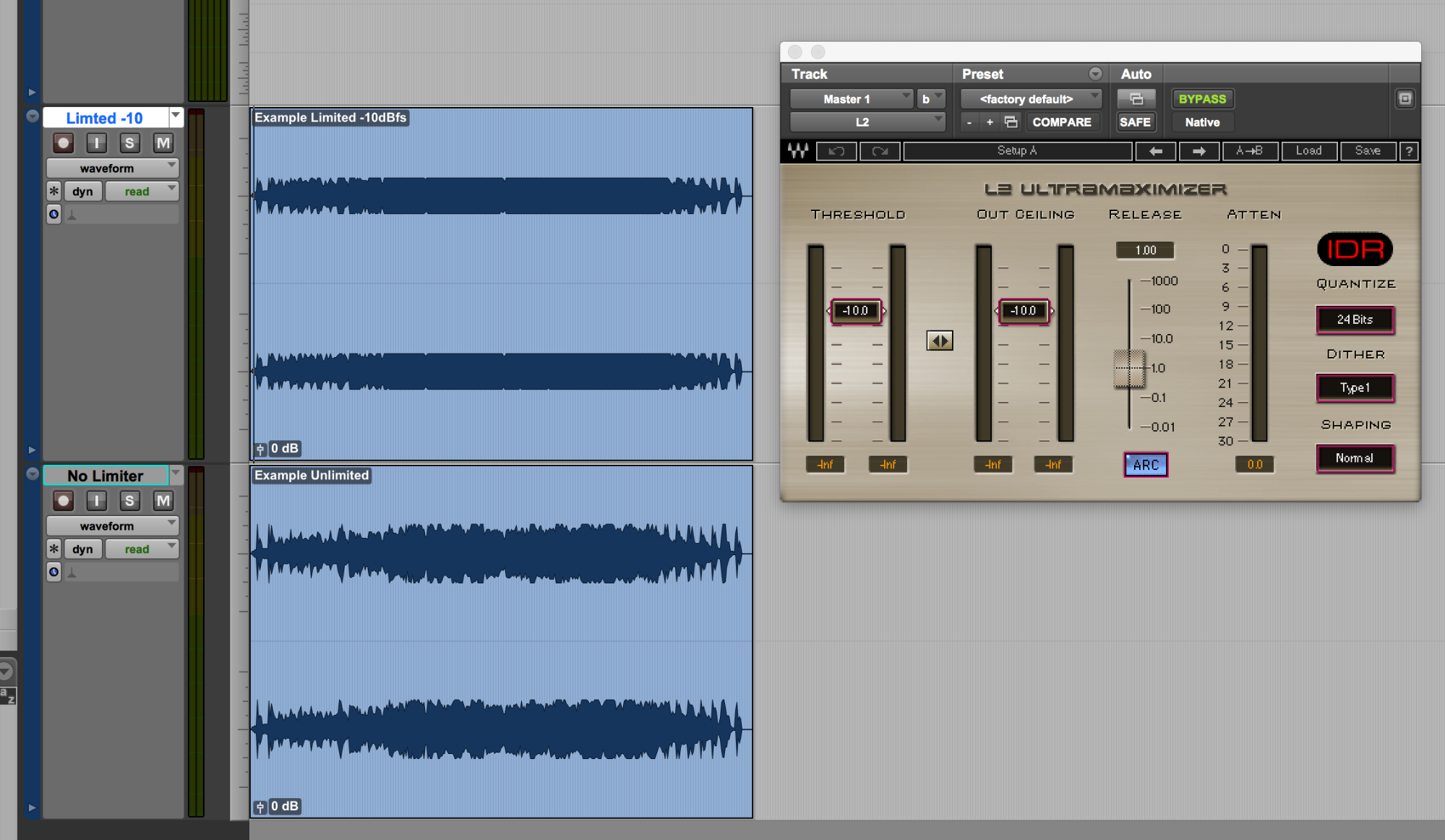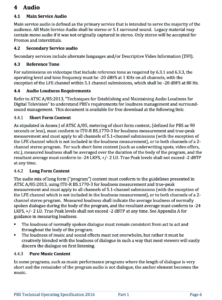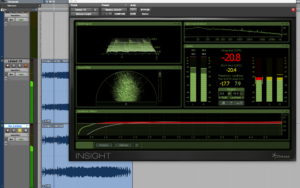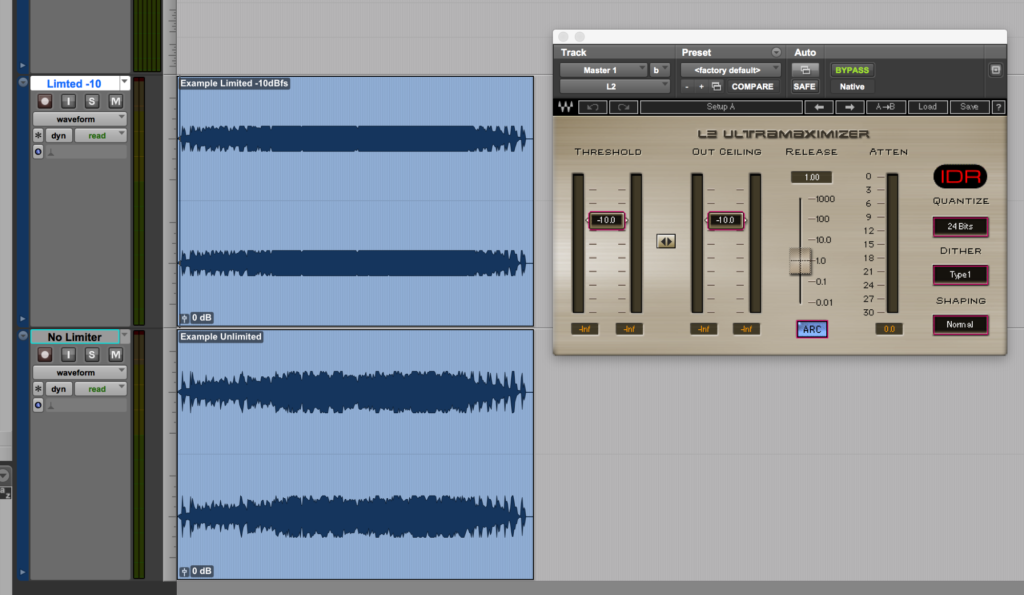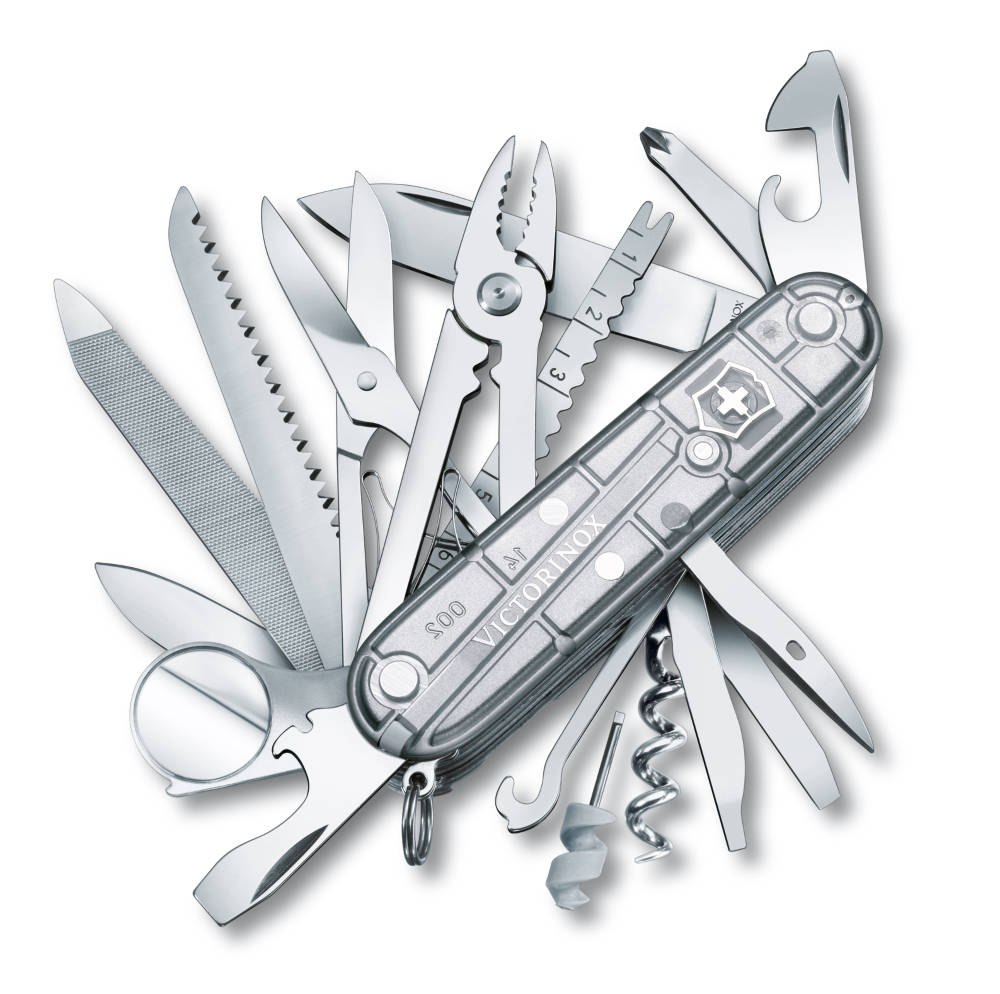
The Versatile Engineer: Freelancing in Post-Production
In 2017, I answered some questions for SoundGirl Kelly Kramarik, a student in the Recording Arts program at UC Denver for her thesis about versatility in the changing world of audio.
Do you consider yourself to be a master of one type of audio engineering or do you regularly practice different trades?
I would consider myself a master of post-production sound – which means I could work as a re-recording mixer, sound editor, music editor, score mixer, Foley engineer, sound designer, or dialog editor. Some jobs I’m hired to do a bit of everything and other jobs just one specific role (sound editor or score mixer, for example). Being versatile is important.
In post-production, I’d say people consider themselves masters of certain types of content (in addition to a trade). There’s mixers or editors who specialize in commercials, promos, episodic tv, reality tv, major film, indie film, etc (at least in Los Angeles).
How long did it take you to obtain your current professional status?
This is a tough question because we sometimes don’t have clear job statuses. A good analogy would be an actor who doesn’t land many gigs but still; auditions and takes classes and pursues it as a career while having another job. That person can still say he/she is an actor.
I was a mixer (by title) after three years in the field but at that time I did other audio-related gigs to make ends meet. As a “mixer” working as an employee at a studio I had other responsibilities. I remember weeks where I spent a day recording ADR or voice-over, a couple of days mixing, some time in the machine room or assisting, and sometimes selling stuff on eBay for the studio. It was probably five years into my career when I was mixing primarily and no longer doing other side gigs.
As an independent contractor, how many different companies/clients do you work with on a regular basis?
“Regular basis” is tough cause clients come and go. When I was totally freelance I’d have ten or more clients a year; now I have a stable mixing job and 2-3 additional clients. As a contractor, you don’t want to take too many clients cause if they call to book you and you aren’t available or can’t accommodate them they quit calling. You have to balance clients who hire you once a month with clients that hire you for a month straight but never hire you again.
For me, it’s more about finding clients whose schedules will work together versus having regular clients. I’ve worked for people who don’t mind if I work on other projects during my downtime. In those cases, if I’m on standby (waiting for materials to show up or waiting for client approval) I can edit or mix another project. I’m essentially billing two clients at once for my time. I also charge a four hour minimum for on-site work with my freelance clients. If it takes an hour to get to a studio and you only work an hour it’s a lot of lost time.
What have you found to be the best way to market yourself?
Make friends with other mixers and engineers and maintain relationships with past colleagues and clients. I have a couple of groups of friends/colleagues who will recommend each other for work when they aren’t available or need help. I hire them when I need help or have a cool project and they do the same for me.
Do you find yourself needing to learn new skill sets to stay afloat financially?
Not now – but the first few years of my career I had to diversify to make ends meet. I relied on other skills – such as classical music recording and quality assurance testing for audio products – to fill in the gaps and help pay the bills. Over time I had more mixing work and needed less of those other gigs.
For someone coming into the field today, it’s absolutely necessary to have different revenue streams to sustain, though.
How did you move up in your career?
In a lot of ways career success and “moving up” has not happened how I thought it would when I was in school. For years I looked for opportunities that would advance my career and then I hit the point where the next step up looked to be overly demanding, political, or self-sacrificing. Now I don’t want to sacrifice my health or my relationships overwork. If my kid is sick I can take the day off work without concern and I couldn’t do that in a lot of my old jobs. This job probably wouldn’t have been my idea of “success” until my priorities shifted.
The people I find the most discouraged in the industry are the ones with specific expectations of what they want their career to be (versus going where the work takes them). I never planned to get into post-production or to be a mixer but it’s turned out to be a great fit. I thought I’d be a sound editor because I wanted to work alone. Watching other mixers looked stressful! But, I was always open to an opportunity to learn something new. When I was in the mixer chair to learn I really enjoyed it and had the skill set to thrive. You never know where things will take you.
